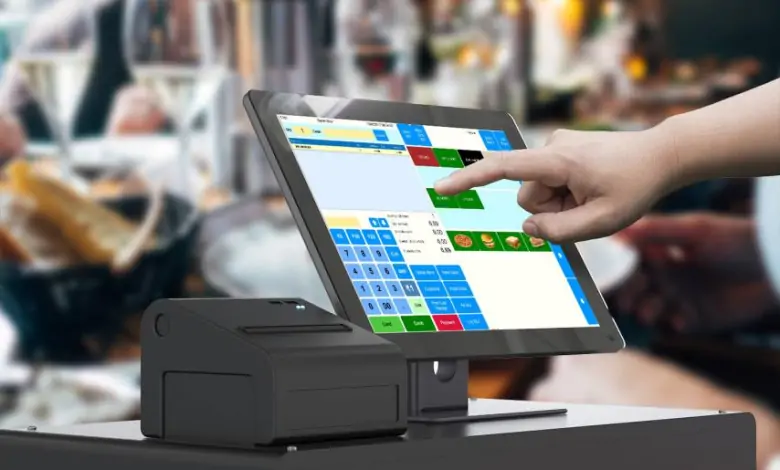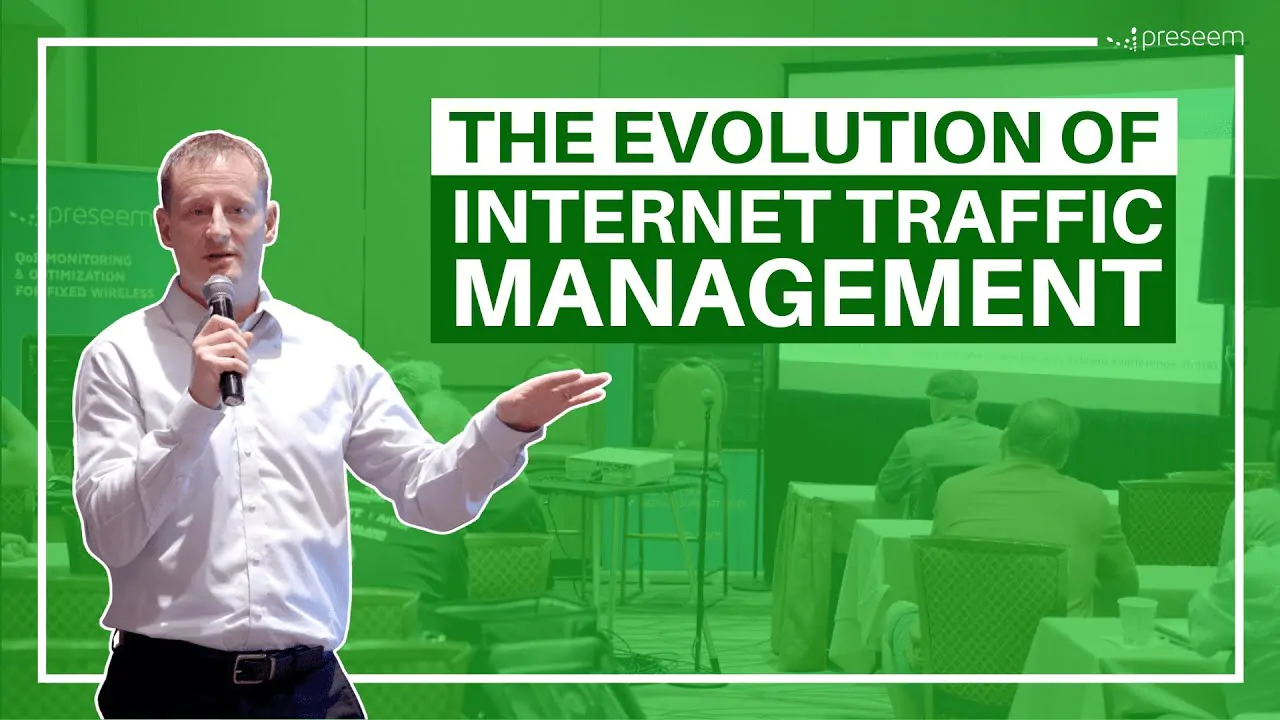The Ultimate Guide to Retail POS Systems

Introduction:
In today’s digital age, the way retailers operate has been transformed by technology. Central to this transformation is the Retail Point of Sale (POS) system. Let’s unravel its importance and dive into its various facets.
What is a Retail POS System?
A Retail POS System is essentially the nerve center of a store. It’s an advanced blend of software and hardware designed for more than just sales processing. Whether it’s tracking inventory, managing customer information, or offering analytics, a POS system is an indispensable tool for modern retailers.
Importance of a Modern POS in Today’s Retail Environment:
With the evolving retail landscape, a cutting-edge POS system isn’t a luxury, it’s a necessity. Beyond just ringing up sales, modern systems help retailers in enhancing customer experience, streamlining operations, and deriving actionable insights from data.
History and Evolution of POS Systems:
The journey of POS systems is quite fascinating. What started as simple cash registers has morphed into sophisticated, digital systems. With every technological leap, POS systems have grown more robust, offering a myriad of features tailored for the dynamic retail world.
Key Components of a Retail POS System:
There are two primary elements of any POS:
Hardware:
This includes tangible equipment like cash drawers, barcode scanners, and receipt printers. Each piece plays a pivotal role in ensuring smooth transactions.
Software:
From basic transaction processing to detailed analytics and inventory management, the software is the brain behind the operation.
Why Every Retailer Needs a POS System:
Investing in a good POS system is akin to investing in the store’s future. Such systems make operations efficient, offer insights to drive sales, and drastically improve customer experience. Moreover, with accurate inventory tracking, it eliminates guesswork, making stock management more precise.
Choosing the Right POS System for Your Retail Business:
Selecting a POS isn’t just about current needs. Retailers must consider:
- Their unique requirements.
- Future growth prospects, ensuring the system’s adaptability and scalability.
Features to Look for in a Modern POS System:
When scouting for a POS system, ensure it boasts:
- Comprehensive inventory management.
- CRM tools to foster customer loyalty.
- Powerful analytics to decode data and gain insights.
Security in Retail POS Systems:
In this digital age, ensuring transactional security is paramount. A competent POS system will:
- Adhere to strict payment security protocols.
- Offer fortified protection for customer data and transactional details.
Cloud-based vs. Traditional POS Systems:
In the arena of POS systems, there’s often a debate between cloud-based and traditional systems. Each has its strengths. Traditional POS systems, often seen as the old stalwarts, rely on local servers and can work without an internet connection. They have a long-standing history of rеliability and havе sеrvеd many businеssеs wеll ovеr thе yеars. On thе othеr hand, cloud-basеd systеms, thе nеw kids on thе block, storе data on rеmotе sеrvеrs and bring thе flеxibility of accеssing data from anywhеrе. They offer automatic updates, easy integration with other platforms, and often come with a reduced upfront cost. The choice between the two usually boils down to a retailer’s specific needs, their comfort with technology, and how they envision their store’s future operations.
Integrations and Third-Party Compatibility:
In today’s interconnected retail world, a POS system’s ability to seamlessly blend with other software and tools is invaluable. This means ensuring that it can link up effortlessly with e-commerce platforms, allowing for real-time inventory updates. Additionally, the POS should also mesh well with accounting tools, HR software, and other third-party applications. Such smooth integrations pave the way for streamlining operations, saving time, and preventing potential headaches caused by data discrepancies.
Training Staff on a New POS System:
When you introduce a new POS system into your retail environment, it’s not just about the tech; it’s about the people using it. The best POS system in the world can fall short if staff aren’t comfortable or familiar with its functionalities. This is where training becomes essential. Taking the time to ensure that everyone, from the cashier to the store manager, understands the ins and outs of the new system is crucial. Implement hands-on sessions, create easy reference guides, and perhaps even set up a buddy system where seasoned users can assist newcomers. The goal is to have everyone confident and competent, ensuring smoother transactions and better customer interactions.
The Future of Retail POS Systems:
As with many technological tools, POS systems aren’t static; they’re evolving. With innovations in Artificial Intelligence, imagine a POS system that can predict sales trends or offer inventory suggestions. Then there’s Augmented Reality (AR), which holds potential to offer enriched shopping experiences, perhaps by showcasing virtual product demos right at the checkout counter. The horizon looks promising, and retailers who stay updated will undoubtedly reap the benefits.
Case Study: Success Stories with Retail POS Implementation:
Real-world examples often speak louder than theory. There are numerous retailers out there who have successfully woven POS systems into their operations, witnessing transformational results. These success stories can offer a roadmap, highlighting best practices, strategies, and the potential pitfalls to avoid.
Mistakes to Avoid When Choosing and Implementing a POS System:
Every journey has its bumps, and the journey to POS system implementation is no exception. Common pitfalls might include not thoroughly assessing a store’s unique needs, overlooking the importance of regular updates, or failing to factor in scalability as the business grows. Being aware of these potential mistakes can guide retailers to make informed decisions, ensuring a smoother, more beneficial POS system integration.
Maintaining and Updating Your POS System:
A POS system isn’t a ‘set it and forget it’ tool. To keep it running optimally, retailers need to be proactive. This involves ensuring the software is always updated, which not only offers new features but also critical security patches. On the hardware front, routine checks and maintenance, like cleaning barcode scanners or checking printer connections, can go a long way in preventing unexpected hiccups.
Conclusion:
In essence, the Retail POS system is a game-changer. Embracing it is not merely about keeping pace with technology but ensuring sustained growth and profitability in the competitive retail domain.





